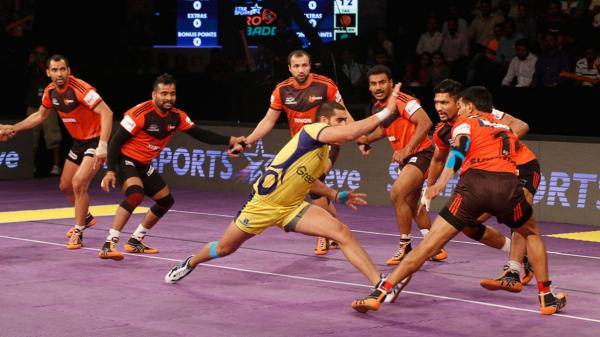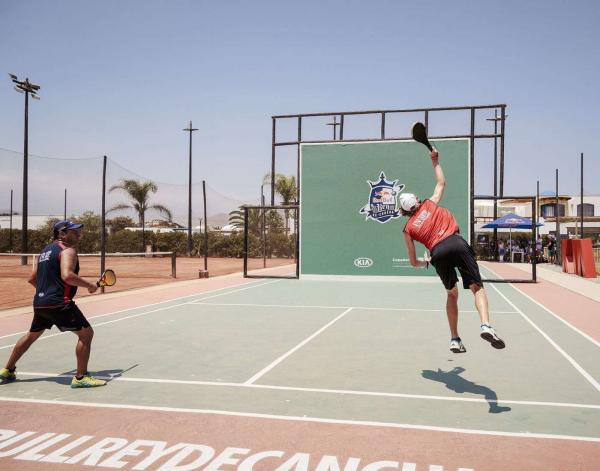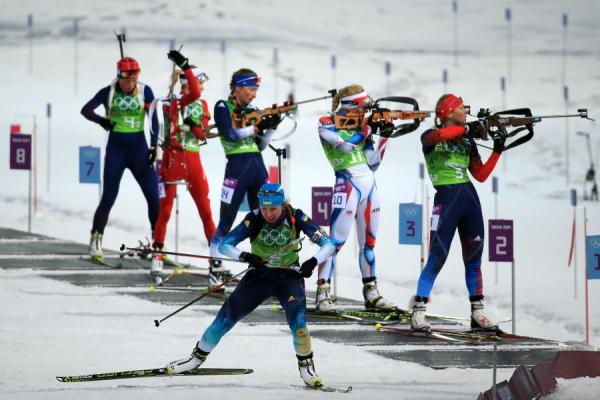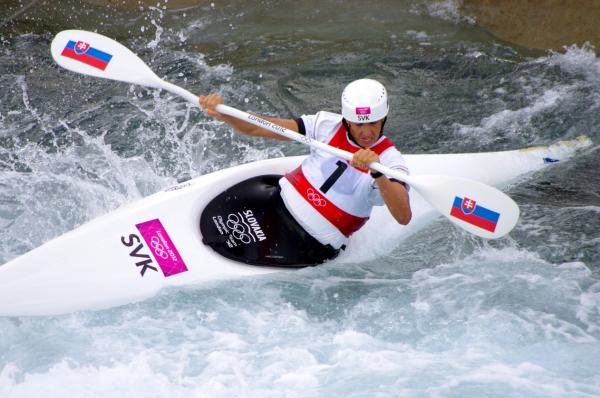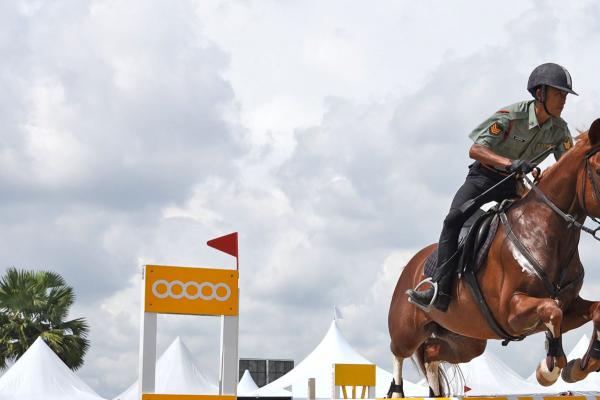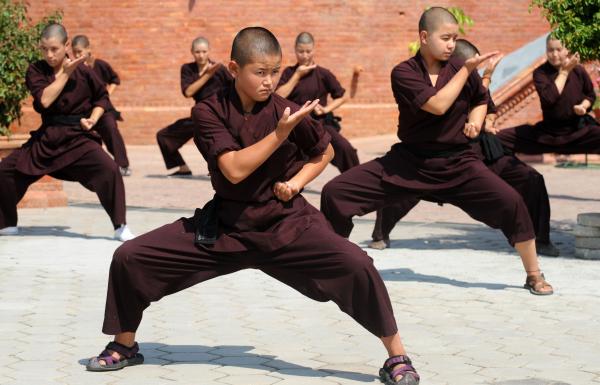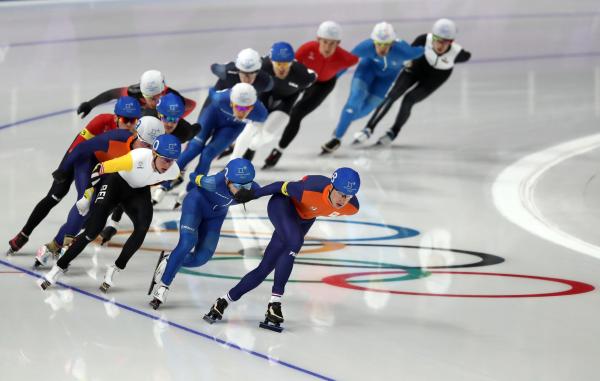Buzkashi
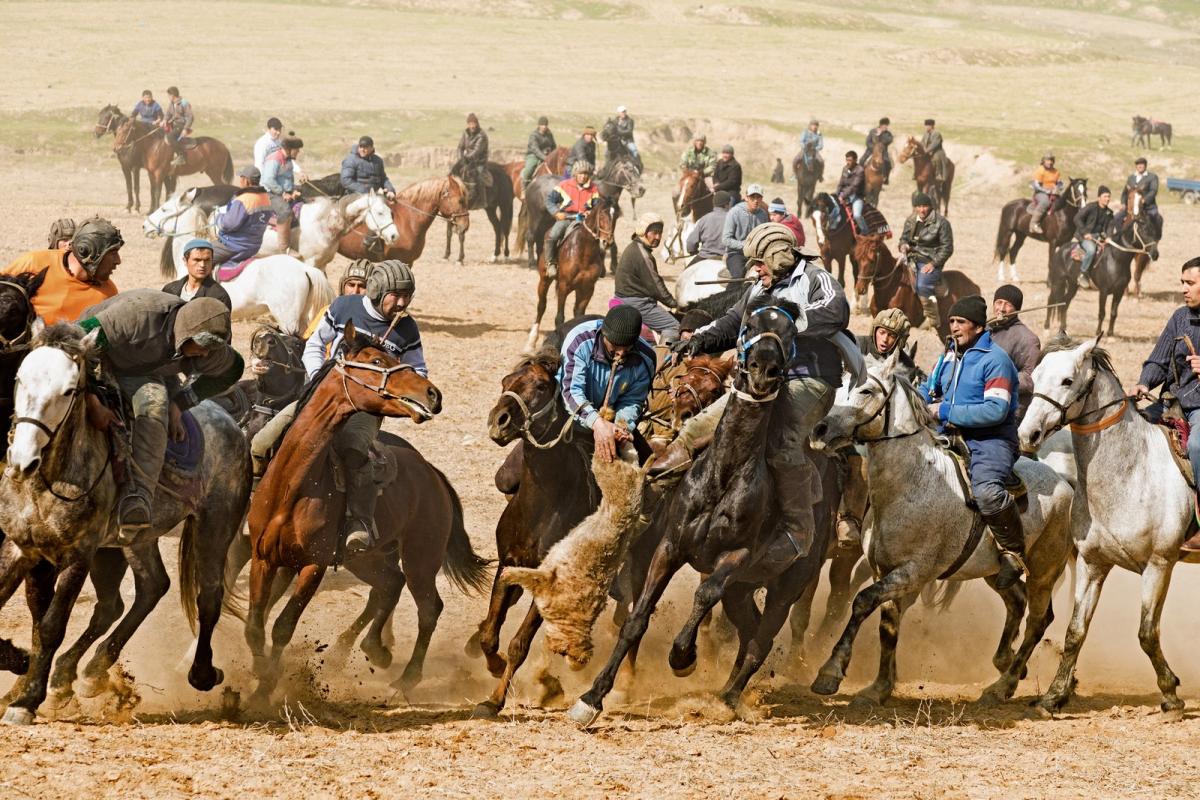
Buzkashī, (Persian: “goat dragging”)also spelled bozkashī, a rugged equestrian game, played predominantly by Turkic peoples in northern Afghanistan, in which riders compete to seize and retain control of a goat or calf carcass. Buzkashī has two main forms: the traditional, grassroots game, known as tūdabarāy (Persian [Dari]: “coming out of the crowd”), and the modern government-sponsored version, qarajāy (“black place”). Both feature mounted competitors who struggle for control of a decapitated, dehoofed, and, sometimes, gutted carcass weighing anywhere from 40 to 100 pounds (20 to 50 kg), the eviscerated body being lighter. Neither style has many formal rules, but common etiquette prohibits a player from biting or pulling the hair of an opponent, grabbing the reins of an opponent’s mount, or using weapons. Traditional tūdabarāy games, however, have no formal teams and are not played within clearly defined spatial boundaries. Expert riders known as chapandāzān (singular chapandāz) dominate play, but—in games that often involve hundreds of riders—everyone has the right to compete. The objective of play in the tūdabarāy style is, from an initial mounted scrum, to gain sole control of the carcass and ride it free and clear of all other riders. “Free and clear,” however, is difficult to judge, and disputes are common. Violent play can readily shift to real violence. The goals and boundaries of the government-sponsored qarajāy style are more clearly defined, and thus games are easier to control. Two teams that rarely exceed 10–12 riders contend over a defined field with set flags and circles—the “black places”—as goals. In more stable times, the Kabul tournament referees were usually military officers who controlled quarrelsome riders with threats of incarceration.





